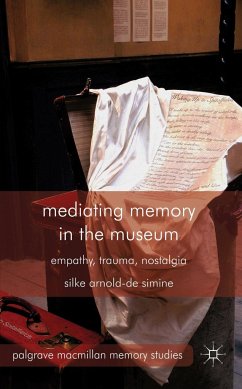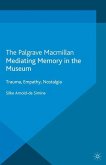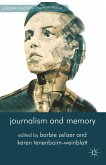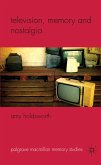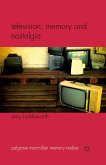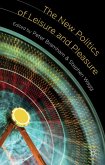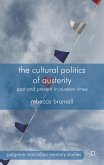Mediating Memory in the Museum is a contribution to an emerging field of research that is situated at the interface between memory studies and museum studies. It highlights the role of museums in the proliferation of the so-called memory boom as well as the influence of memory discourses on international trends in museum cultures.
"Silke Arnold-de Simine's book is a tour de force that introduces readers to a variety of new museums and heritage sites across Europe ... When the reader finishes reading this intriguing and moving book, the first thing he or she wants to do is rush out and visit those new museums." (Vered Vinitzky-Seroussi, European Journal of Cultural and Political Sociology, Vol. 2 (3-4), March, 2016)
"Arnold-de Simine provides a very useful starting point for those wading into the research area situated between memory studies and museum studies. In making clear distinctions between authentic objects, representational displays, video testimony, and memory texts within her analysis of the mediated exhibits, she provides a nuanced understanding of the differences between museums, memorials, remembrance, and the spatial reenactment of trauma. Her synthesis of concepts from the various fields associated with the flourishing of "spaces of memory" will prove especiallyuseful for anyone new to this burgeoning field." (Amy Freier, Memory Studies, 2015, Vol. 8(3), p.379-382)
"This book is a welcome and extremely useful contribution to the subject of memory studies. I suspect it will reinvigorate the field in some interesting ways and may even form the core of a new, much-needed round of cross-disciplinary research." (Journal of Contemporary European Studies, 2014)
"Arnold-de Simine provides a very useful starting point for those wading into the research area situated between memory studies and museum studies. In making clear distinctions between authentic objects, representational displays, video testimony, and memory texts within her analysis of the mediated exhibits, she provides a nuanced understanding of the differences between museums, memorials, remembrance, and the spatial reenactment of trauma. Her synthesis of concepts from the various fields associated with the flourishing of "spaces of memory" will prove especiallyuseful for anyone new to this burgeoning field." (Amy Freier, Memory Studies, 2015, Vol. 8(3), p.379-382)
"This book is a welcome and extremely useful contribution to the subject of memory studies. I suspect it will reinvigorate the field in some interesting ways and may even form the core of a new, much-needed round of cross-disciplinary research." (Journal of Contemporary European Studies, 2014)

